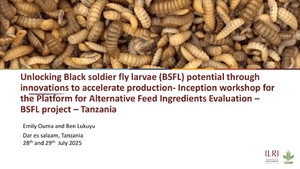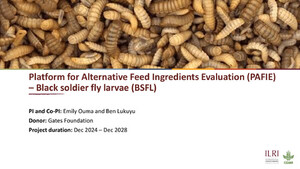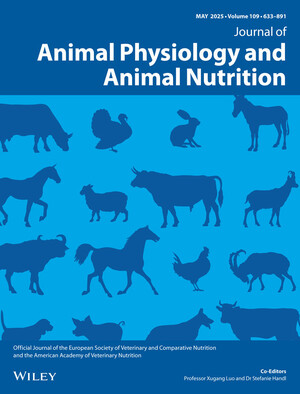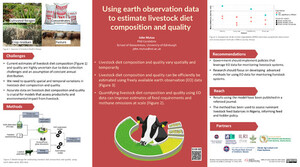
Livestock feed resources in the West African Sahel
Abstract
Limited supply of quality feed is the most important factor limiting livestock productivity in many sub‐Saharan African (SSA) countries. Having a systematic inventory of available feed resources, identifying main challenges and potentials for improvement is the first step towards designing development strategies to improve feed quality and quantity. The objective of this study was to review the available feed resources and their quality in West African Sahel across different agro‐ecological zones and to identify the research gaps and strategies to improve feed resource availability. The West African Sahelian zone is home to 135 million people who herd 173 million head of ruminant livestock. The main feed resources for grazing ruminants are pastures and crop residues; commercially formulated feeds are increasingly being used in poultry and pig production, particularly in peri‐urban areas. Feed resources for livestock are diverse and vary markedly across agro‐ecological zones in the West African Sahel and across seasons in terms of type, quantity, and quality. Given that crop residues are among the most important feed resources, there is need to invest in promoting adoption of proven methods for improving their quality and preserving it. Given poorly developed feed markets in the Sahelian rural areas and cities, strengthening the feed value chain is critical for improving the feed resource base in West Africa. Additional critically important needs are to increase awareness about the importance of feed quality, to create quality‐based feed marketing systems, and to appreciate and enhance women's roles in feed production.
Citation
Amole, T., Ayantunde, A.A., Balehegn, M. and Adesogoan, A.T. 2021. Livestock feed resources in the West African Sahel. Agronomy Journal










